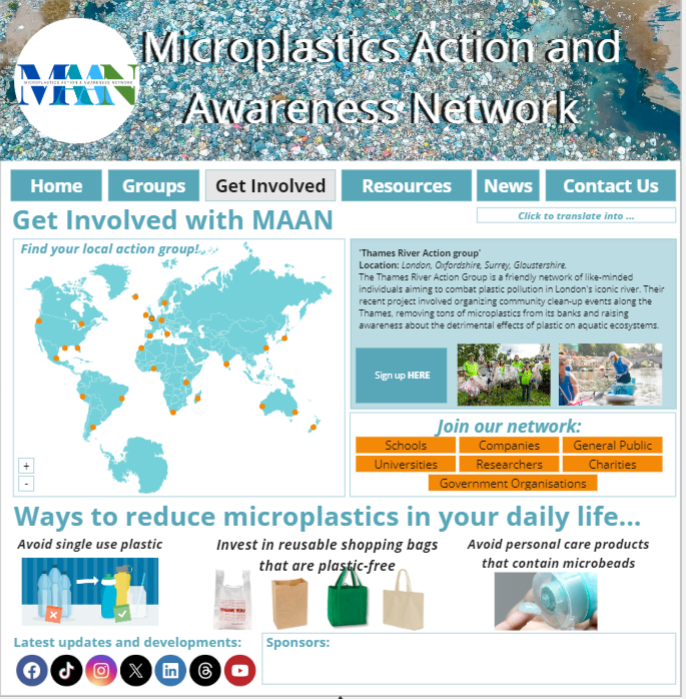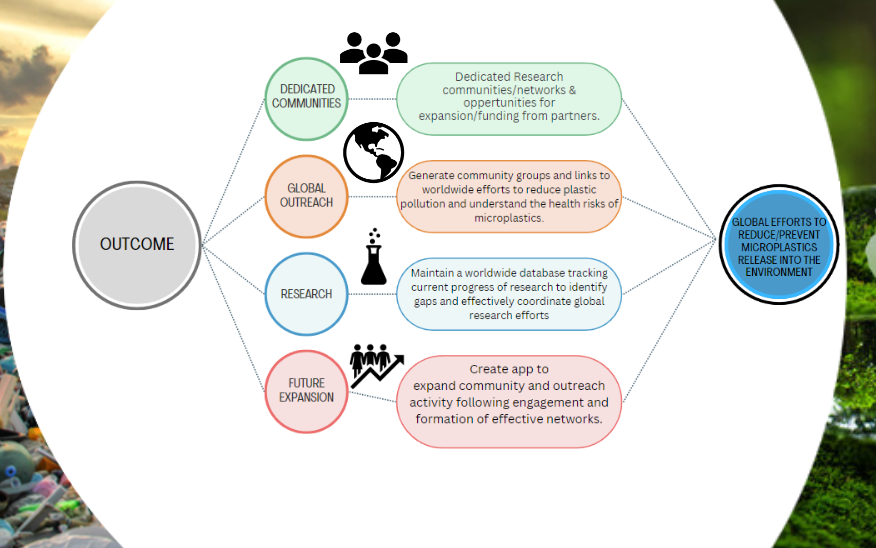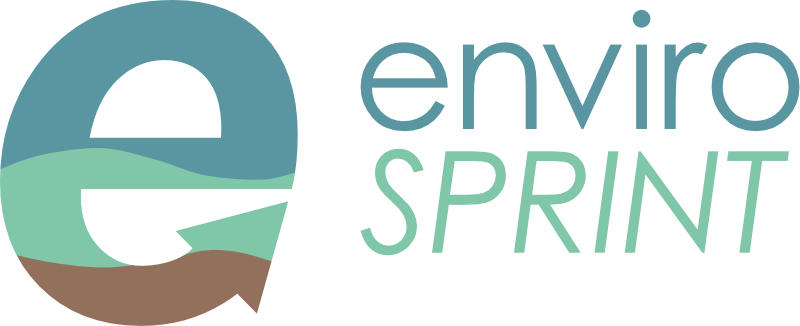Team 3B 2024: Microplastics Action and Awareness Network
The problem
Global plastic production has increased from 1.5 million tonnes in 1950 to 390.7 million tonnes in 2021, with plastic playing an indispensable role in our daily lives (European Parliament, 2018, Plastics Europe, 2022). We are now becoming more aware of the disadvantages of plastics as we are learning more about their impacts on human health and the environment.
Microplastics are small plastic particles <5mm which are of great concern. There are two types of microplastics: primary and secondary. Primary microplastics are those which are directly released into the environment. The IUCN (2017) identified the seven key sources of primary microplastics: tyres, synthetic textiles, marine coatings, road markings, personal care products, plastic pellets, and city dust. Secondary microplastics are those which occur because of larger plastic degrading in the natural environment (IUCN, 2017).
Microplastics are being found everywhere from oceans, in the air, in food and most recently in our bodies, yet the health effects of them are only just beginning to be explored.
Our solution
‘Microplastics Action and Awareness Network (MAAN)’. A global network informing everyone all over the world the problem of microplastics and what can be done about them. The aims of the network are to:
- Create a database which is free for all.
- Encourage collaboration between researchers globally.
- Promote transparency regarding the impact of microplastics, with a strong focus on developing countries.
- Connect local groups to wider scientific communities.
- Share up to date microplastics news to a global audience.
- Inform policy makers and governments.
- Share information about job opportunities, funding, conferences, and events related to microplastic work.

Figure 1: Mock up of home page

Figure 2: Mock up of ‘Get involved’ page
The hope for the network is that within the first few months of website development we would have preliminary funding to hire a core team. By the end of the first year and heading into future years there are numerous expansions which could be implemented depending on the success of the network, including, the introduction of live webinars, establishing ambassadors for MAAN, forming direct connections with industry and lastly, the development of an app.
To reach the developing world, we aim to provide an offline information pack to start off engagement with the hope of providing electronic devices to allow them to access the resources if sponsorship allowed for this.
So why is MAAN the solution?
Many existing platforms discussing environmental topics such as microplastics focus on either how individuals can help (i.e. lifestyle changes from a blog) or research (i.e. heavy science). This network aims to reach all kinds of people (public, researchers, industries, and governments) by providing information of different levels on a global scale, which we hope will inspire a range of people to take action to stop microplastics from spreading in the environment.

Figure 3: Summary of the reasons why we believe MAAN is the solution for reducing microplastics in the environment.
References
European Parliament. 2018. Plastic waste and recycling in the EU: facts and figures. Available at: Plastic waste and recycling in the EU: facts and figures | Topics | European Parliament (europa.eu) (Accessed: 14th May 2024)
IUCN. 2017. Primary Microplastics in the Oceans: A Global Evaluation of Sources. Available at: 2017-002-En.pdf (iucn.org) (Accessed: 14th May 2024)
Plastics Europe. 2022. Plastics- the Facts 2022. Available at: Plastics – the Facts 2022 • Plastics Europe (Accessed: 14th May 2024)
